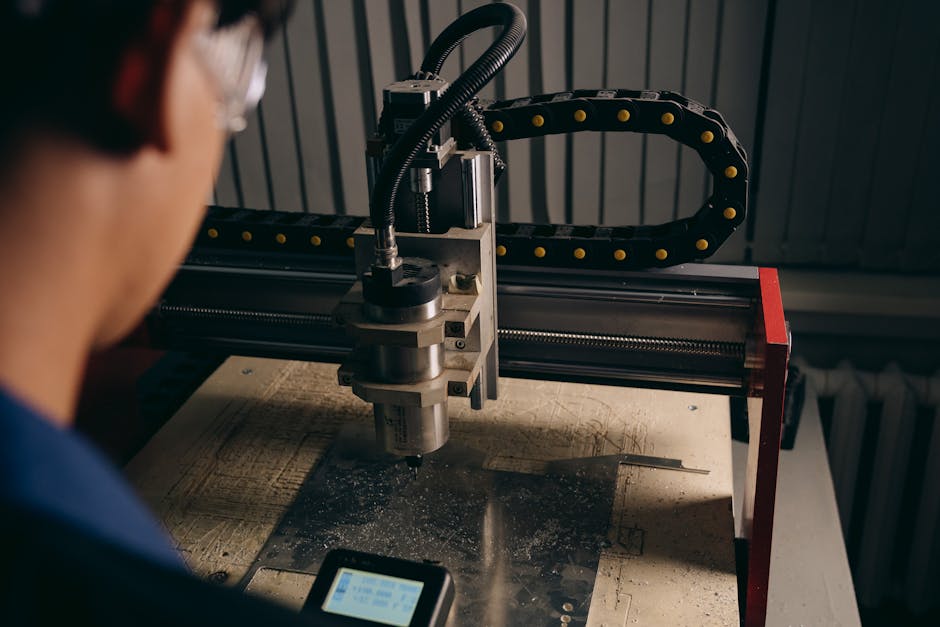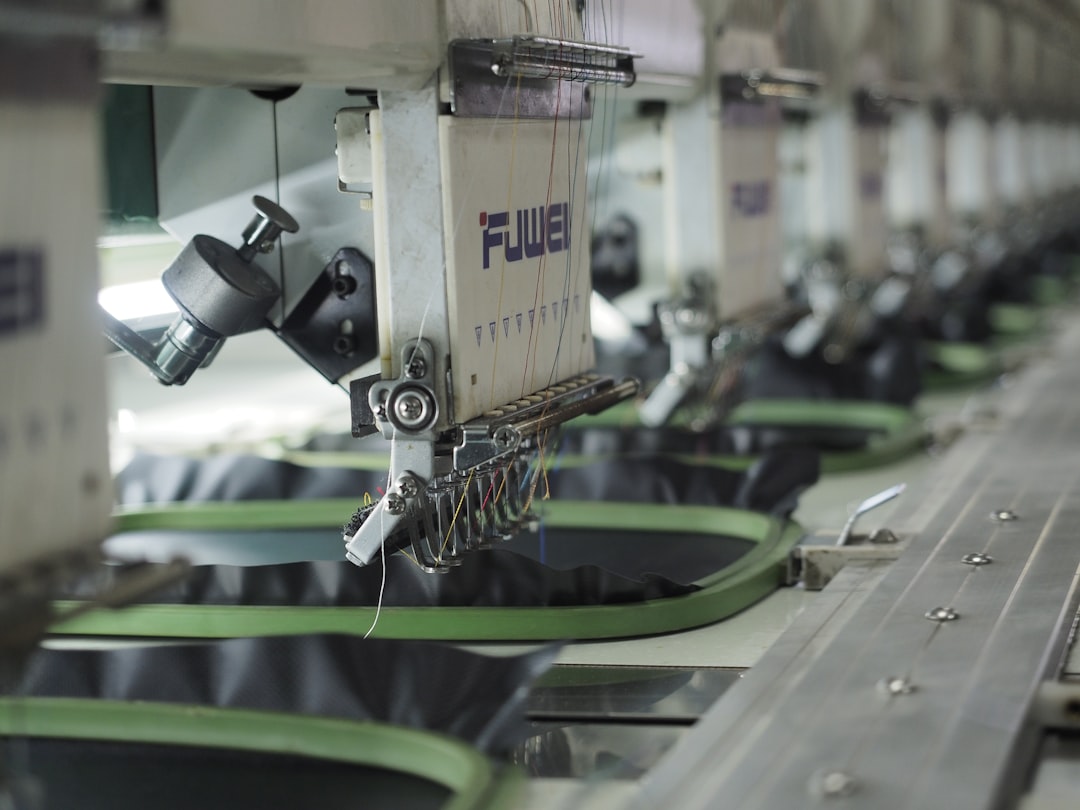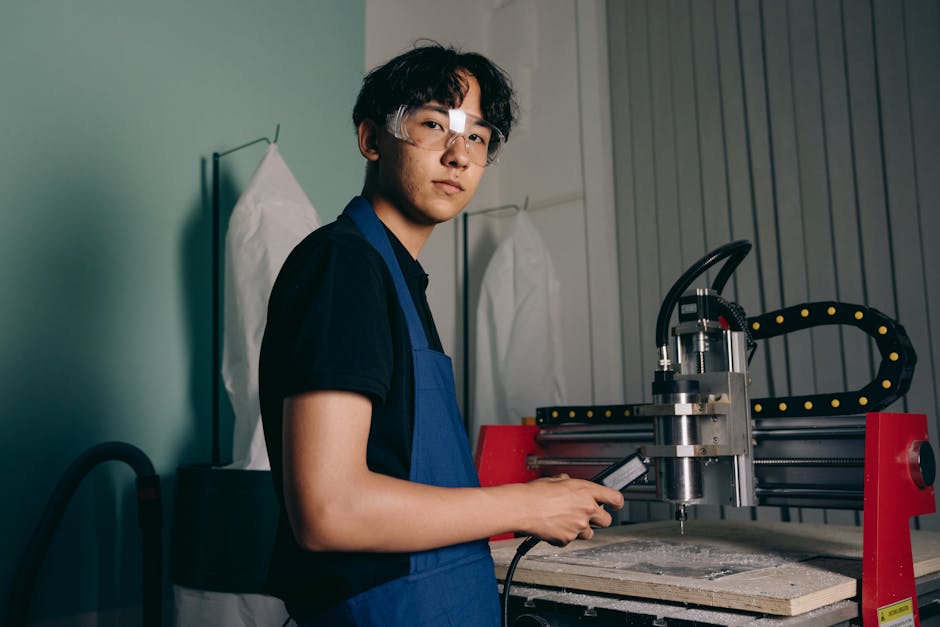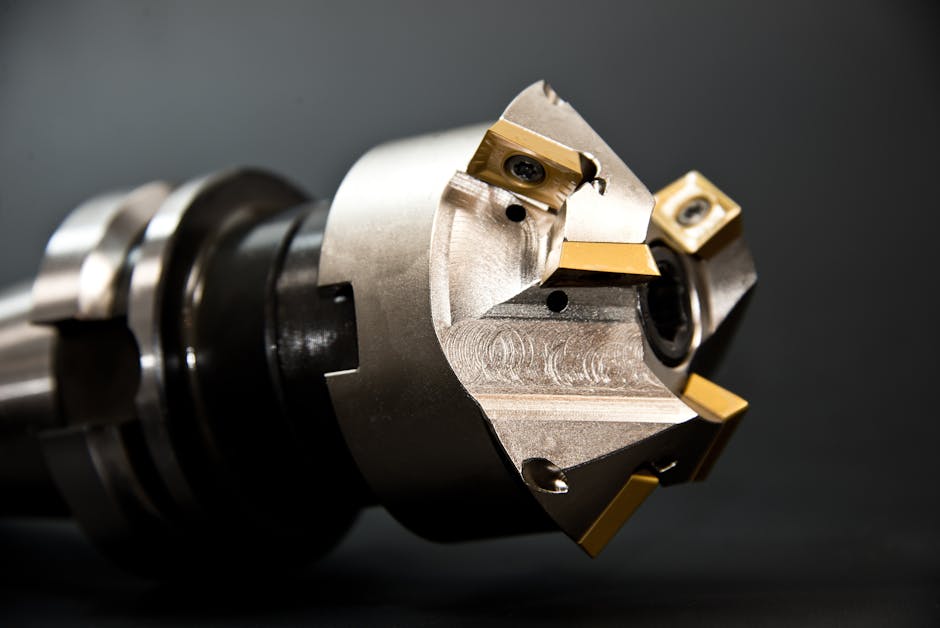5 axis machining is at the heart of today’s precision engineering, revolutionizing how industries manufacture complex parts. By allowing the cutting tool or component to move along five different axes simultaneously, 5 axis CNC machining achieves remarkable levels of detail and accuracy, which are essential in sectors like automotive, aerospace, and medical device manufacturing. If you’re looking to improve efficiency and precision, here’s what you need to know:
- Improved Accuracy: With simultaneous multi-directional movement, there’s less need for multiple setups, reducing errors and improving precision.
- Reduced Setup Time: Handle complex parts with a single setup, saving valuable production time.
- Improved Capabilities: Offers the flexibility to create intricate and detailed components that were difficult or impossible with traditional 3-axis machines.
In CNC machining, transitioning to 5 axis equipment isn’t just about keeping up with technology—it’s about setting new standards of quality and efficiency. As Mike, a passionate CNC machinist, hints in his book The Power of Five, “To be blunt, adding a fifth axis saves time and money.”

Understanding 5 Axis CNC Machines
The Mechanics of 5 Axis
In the field of precision engineering, 5 axis CNC machines stand out due to their unique ability to move a tool or part in five different directions. These machines operate on the X, Y, and Z linear axes, much like their 3-axis counterparts. However, they also include two additional rotational axes, A and B. This allows for simultaneous movement across multiple axes, enabling the machine to approach the part from virtually any angle.

Simultaneous machining is one of the key advantages of 5 axis CNC technology. It allows the machine to perform complex cuts and shapes in a single setup. This capability is particularly beneficial for industries that require intricate geometries, such as aerospace and medical device manufacturing.
Benefits of 5 Axis Machining
Reduced Setup Time: One of the standout benefits of 5 axis machining is the significant reduction in setup time. Traditional 3-axis machines often require multiple setups to achieve the desired results. In contrast, a 5 axis machine can handle complex parts in a single setup. This not only saves time but also minimizes the potential for human error.
Increased Accuracy: The ability to machine parts in a single setup improves accuracy. By reducing the need to reposition or refixture the part, the machine maintains tighter tolerances and delivers higher precision. This is crucial for industries where even the smallest deviation can lead to significant issues, such as in the aerospace sector.
Complex Parts: The flexibility offered by the additional axes means that 5 axis machines can create complex parts that were previously difficult or impossible to produce. Whether it’s intricate turbine blades or custom medical implants, the design possibilities are virtually limitless.

By embracing the capabilities of 5 axis CNC machines, manufacturers can achieve new levels of efficiency and precision. This technology not only meets the demands of today’s industries but sets the stage for future advancements in precision engineering.
Applications of 5 Axis CNC Machines
Aerospace Industry
In the aerospace industry, precision and complexity are non-negotiable. 5 axis CNC machines are pivotal in crafting aircraft parts that meet these high standards. These machines excel in producing complex components like turbine blades and wing spars. The simultaneous movement across five axes makes it possible to achieve intricate geometries and tight tolerances, ensuring each part performs flawlessly under extreme conditions.
A case in point is the manufacturing of valve components for aircraft, which control fluid flow. The precision offered by 5 axis machining ensures these tiny parts function reliably, contributing to the overall safety of the aircraft. According to TMC Technologies, their expertise in CNC machining helps produce components that meet stringent aerospace standards.
Automotive Industry
The automotive industry relies heavily on precision engineering for components like engine housings and transmission parts. 5 axis CNC machines allow manufacturers to produce these precision components with fewer setups, reducing production time and costs. The ability to machine parts from multiple angles ensures that complex shapes are crafted with high accuracy.
For instance, 7-axis CNC machining is used in the automotive sector to produce intricate parts with reduced setups, as noted by TMC Technologies. This technology improves productivity and quality, making it indispensable for modern automotive manufacturing.
Medical Industry
In the medical industry, the demand for custom solutions like implants and prosthetics is ever-increasing. 5 axis CNC machines are ideal for creating these components due to their ability to handle complex shapes and biocompatible materials like titanium. The precision of these machines ensures that each implant fits perfectly, enhancing patient comfort and recovery.
Advanced toolpath control in 7-axis CNC machining is crucial for producing custom-shaped components with intricate features, as highlighted by TMC Technologies. This precision is vital for surgical instruments and orthopedic implants, where even the smallest error can have significant consequences.
By leveraging the capabilities of 5 axis CNC machines, industries like aerospace, automotive, and medical can push the boundaries of what’s possible in precision engineering. This technology not only improves the quality of components but also streamlines production processes, setting the stage for future innovations.
5 Axis CNC Machines and Precision Machining
Enhancing Precision
Precision machined parts are the backbone of industries that demand high accuracy. 5 axis CNC machines excel at creating these parts by allowing tools to approach the workpiece from optimal angles. This capability greatly reduces human error, as the machine can make precise adjustments automatically.
Consider the surface finish. With 5 axis machining, the tool maintains continuous contact with the material. This results in smoother surfaces and minimizes the need for secondary finishing processes. The technology ensures that each cut is precise, enhancing the overall quality of the part. In industries like aerospace, where surface finish is critical, this is a game changer.
Additionally, tool life is extended because the machine can adjust the tool orientation to minimize wear. This means less frequent tool changes and lower costs over time. The benefits of extended tool life are significant, especially in high-demand production environments.
Improving Efficiency
Efficiency is another key advantage of 5 axis CNC machining. The ability to perform a single setup reduces cycle time dramatically. Instead of repositioning the part multiple times, the machine can access all necessary angles in one go. This not only speeds up production but also improves accuracy by eliminating alignment errors between setups.
For instance, the Tsugami TMA8F is a machine that embodies the “Done-in-One” principle, performing turning, milling, drilling, and tapping in a single setup. This leads to reduced cycle time and increased productivity.
By minimizing setups and maximizing precision, 5 axis CNC machines offer best efficiency. This technology allows manufacturers to produce complex parts faster and with greater accuracy, helping them meet tight deadlines and maintain high standards.
Next, we’ll explore some common questions about these versatile machines and how they revolutionize modern manufacturing practices.
Frequently Asked Questions about 5 Axis CNC Machines
What are the 5 axes in CNC machining?
In CNC machining, the term “5 axis” refers to a machine’s ability to move a tool or a part along five different axes. These are the X, Y, and Z axes, which are the standard linear movements, and the A and B axes, which are rotary axes.
- X, Y, Z axes: These are the basic movements, with X and Y moving horizontally and Z moving vertically.
- A axis: This axis rotates around the X-axis.
- B axis: This axis rotates around the Y-axis.
This combination allows the tool to approach the workpiece from virtually any direction, providing unparalleled flexibility and precision in machining.
How does 5 axis machining improve productivity?
5 axis machining is a game-changer when it comes to productivity. Here’s why:
-
Simultaneous machining: With all five axes moving at once, the tool can reach complex angles and shapes in one go. This eliminates the need for multiple setups, which are time-consuming and prone to errors.
-
Reduced setups: By machining all sides of a part in a single setup, the risk of misalignment is minimized, and production time is significantly reduced. This leads to higher throughput and faster project completion.
For example, companies report saving significant time per piece in total time, thanks to the efficiency of 5 axis machines.
What industries benefit most from 5 axis CNC machines?
Several industries find 5 axis CNC machines indispensable due to their precision and efficiency:
-
Aerospace: The demand for complex, high-precision parts like turbine blades and structural components makes 5 axis machines ideal. They ensure the tight tolerances and flawless surface finishes required in this sector.
-
Automotive: Precision components such as engine housings and custom parts are produced more efficiently with 5 axis technology. The ability to machine intricate geometries boosts performance and reduces production costs.
-
Medical: In the medical field, custom implants and prosthetics require extreme precision. 5 axis machines can create these detailed parts quickly and accurately, meeting the high standards of the industry.
These machines are revolutionizing these industries by providing the capabilities needed for modern manufacturing demands.
Next, we’ll conclude with how 5 axis CNC machines are shaping the future of machining and how TMC Technologies is leading the charge.
Conclusion
At TMC Technologies, we pride ourselves on being at the forefront of precision engineering with our advanced 5 axis CNC machines. Our commitment to excellence and innovation sets us apart, giving us a competitive edge in the industry.
Why Choose TMC Technologies?
-
Expertise and Quality: We specialize in producing high-quality CNC lathe parts and offer additional machining services such as tool design and fabrication. Our team is dedicated to delivering top-tier components that meet the unique needs of various industries.
-
Cutting-Edge Technology: By embracing the latest technological advancements, including machine learning and Industry 4.0, we ensure that our machines are not only efficient but also future-proof. This allows us to meet the rising demand for complex, high-precision parts.
-
Customer-Centric Approach: We understand the pressures our clients face, from pricing to delivery timelines. Our 5 axis machines enable us to respond quickly and efficiently, providing solutions that are both cost-effective and timely.
The Future of Machining
The future of machining is bright, and 5 axis CNC machining is at its core. As industries continue to evolve, the need for precision, speed, and versatility in manufacturing processes will only grow. TMC Technologies is committed to leading this change, ensuring our clients stay ahead of the curve.
By investing in the latest technologies and continuously improving our processes, we are not just keeping up with the future—we are helping to shape it. Whether you’re in aerospace, automotive, or medical industries, our capabilities can help you achieve your machining goals.
Learn more about how our services can benefit your business by visiting our CNC Horizontal Machining Center page. Let us help you stay competitive in this rapidly advancing field.


















